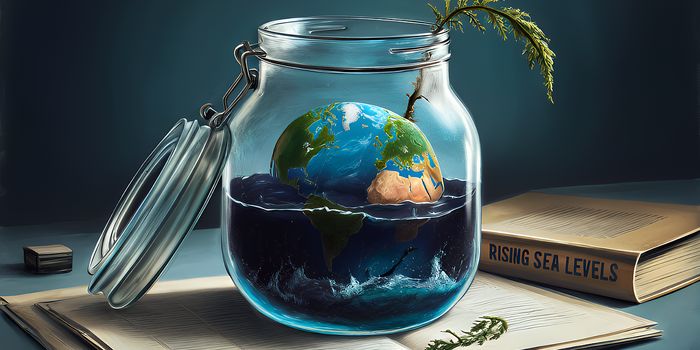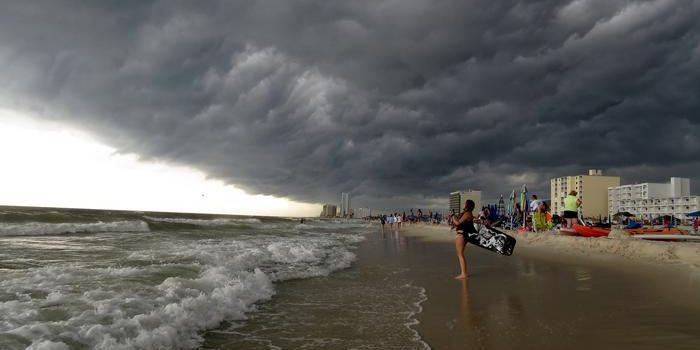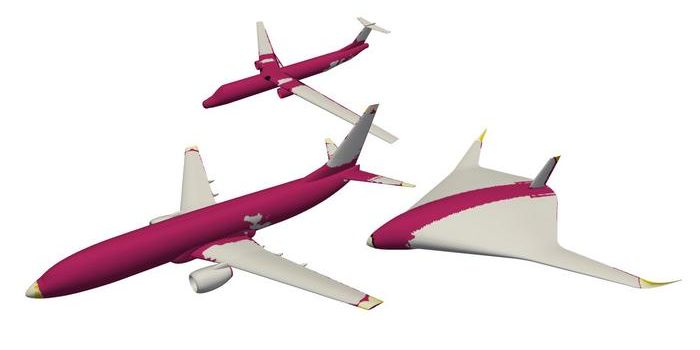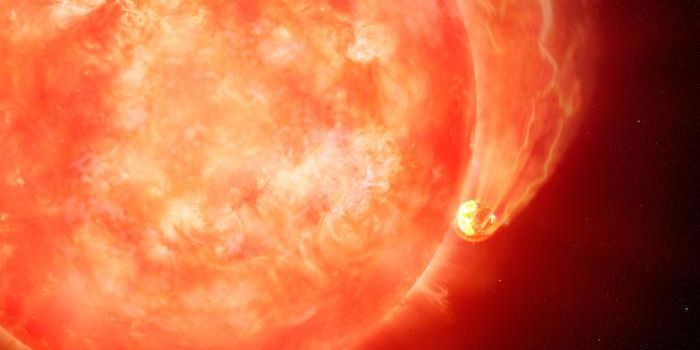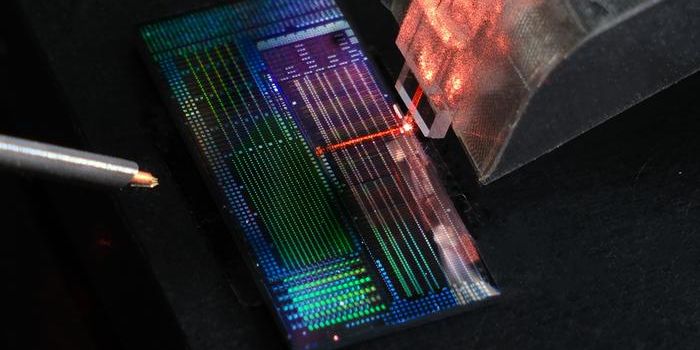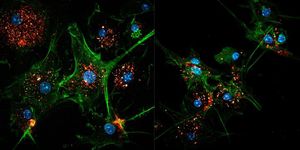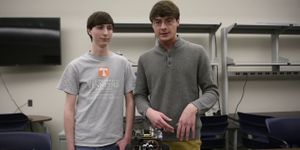Kodak Film And The First Nuclear Fallout
Mid-summer 1945, both military personnel and civilians at the Jornada del Muerto desert in New Mexico witnessed the world's first nuclear bomb detonation, known as the Trinity test, a part of the Manhattan Project. As a local newspaper described, "the blast was seen and felt throughout an area extending from El Paso to Silver City, Gallup, Socorro, and Albuquerque."
It also led to human kind's first encounter of nuclear fallout. One of the worst contamination happened 30 miles from the detonation point, where the radiation exposure was so severe that it left burn marks on some of the livestock and caused them to lose body hair.
In August 1945, shortly after the bombing of Hiroshima, the Kodak Company observed blurry and fogged spots on their film, which were thought to manufacturing defects. A Kodak scientist J. H. Webb was assigned to study the matter. His investigation led him to believe that the spots were caused by radiation contamination, which must have come from a nuclear explosion within the continental United States. Aware of the gravity of his discovery, Webb kept this secret until 1949.
This incident did not stop further bomb tests, as we all know today. But after the incident, the United States Atomic Energy Commission officials started to provide the photographic companies like Kodak maps and forecasts of potential contamination, as well as expected fallout distributions.
Despite potential fallouts, to this day nuclear bomb tests are still happening because atomic weapons remain the most intimidating item in a country’s military and diplomatic arsenal. Global Zero is the international movement backed by United Nations to eliminate all nuclear weapons. It seems that the journey to reach Global Zero will be a very long one.
Source: SciShow via Youtube

